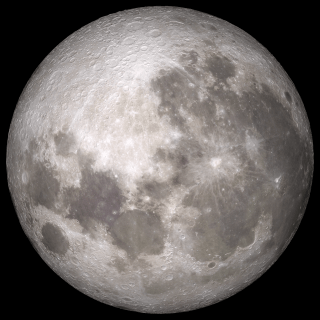Do you live in the southern hemisphere? Are you tired of all those views of the Moon that favor celestial north as up? Well here’s a video just for you from the good folks at the GSFC Scientific Visualization Center — it shows the full 2013 year of lunar phases and libration as seen from Earth’s southern half using data gathered by NASA’s Lunar Reconnaissance Orbiter. (Because what’s so great about north, anyway?)
Each frame represents one hour. Side graphs indicate the Moon’s orbit position, sub-Earth and subsolar points, and distance from the Earth at true scale. Awesome! Um, I mean… bonzer!
And what’s up with all that wobbling around? Find out more below:
The Moon always keeps the same face to us, but not exactly the same face. Because of the tilt and shape of its orbit, we see the Moon from slightly different angles over the course of a month. When a month is compressed into 24 seconds, as it is in this animation, our changing view of the Moon makes it look like it’s wobbling. This wobble is called libration.
The word comes from the Latin for “balance scale” and refers to the way such a scale tips up and down on alternating sides.
The Moon is subject to other motions as well. It appears to roll back and forth around the sub-Earth point (the location on the Moon’s surface where the Earth appears directly overhead, at the zenith.) The roll angle is given by the position angle of the axis, which is the angle of the Moon’s north pole relative to celestial north. The Moon also approaches and recedes from us, appearing to grow and shrink. The two extremes, called perigee (near) and apogee (far), differ by more than 10%.
Read more and see the current phase of the Moon (bottom up) on the GSFC Dial-a-Moon page here.
Source: NASA Goddard Space Flight Center Scientific Visualization Studio


The funny little symbol in the upper left of the video frame is the ancient symbol used for Libra? Right? Why was it chosen? Libration?
Symbol represents constellation of Aries the Ram
It’s the symbol for Aries and also for the vernal equinox.
Ah yes… I guess I’m not as ‘up’ on my ancient astrological symbols as I thought… the two do look somewhat similar?